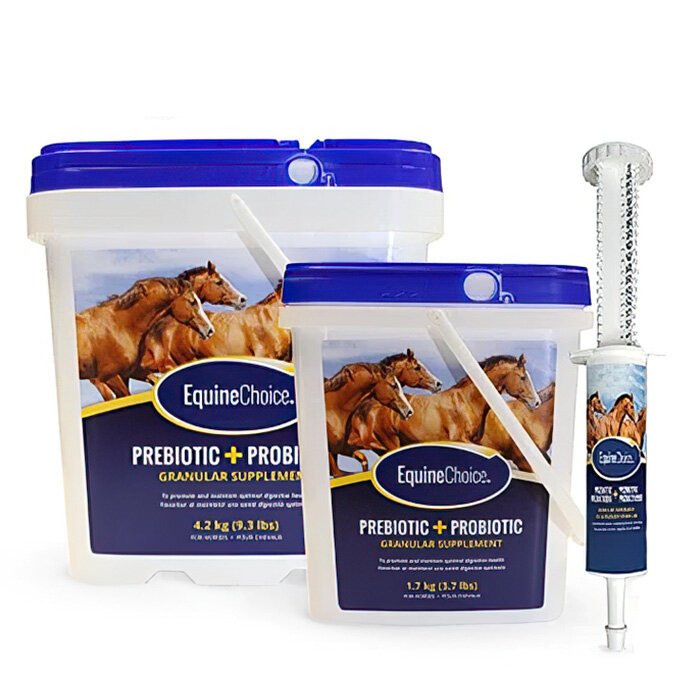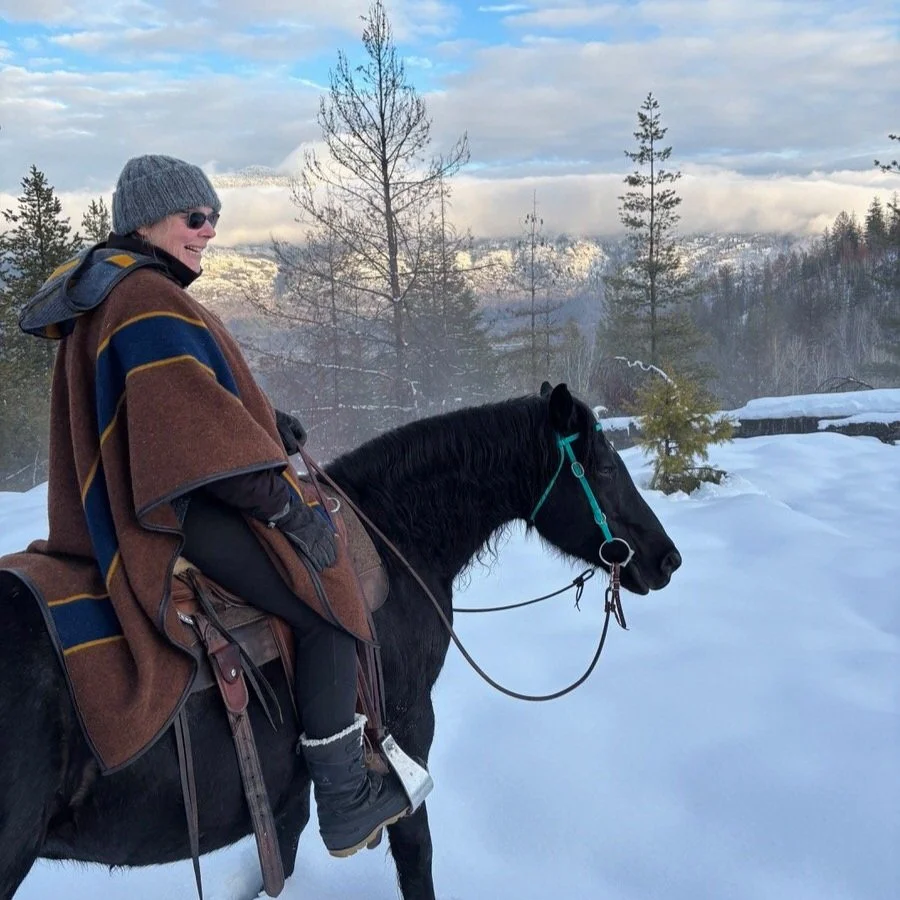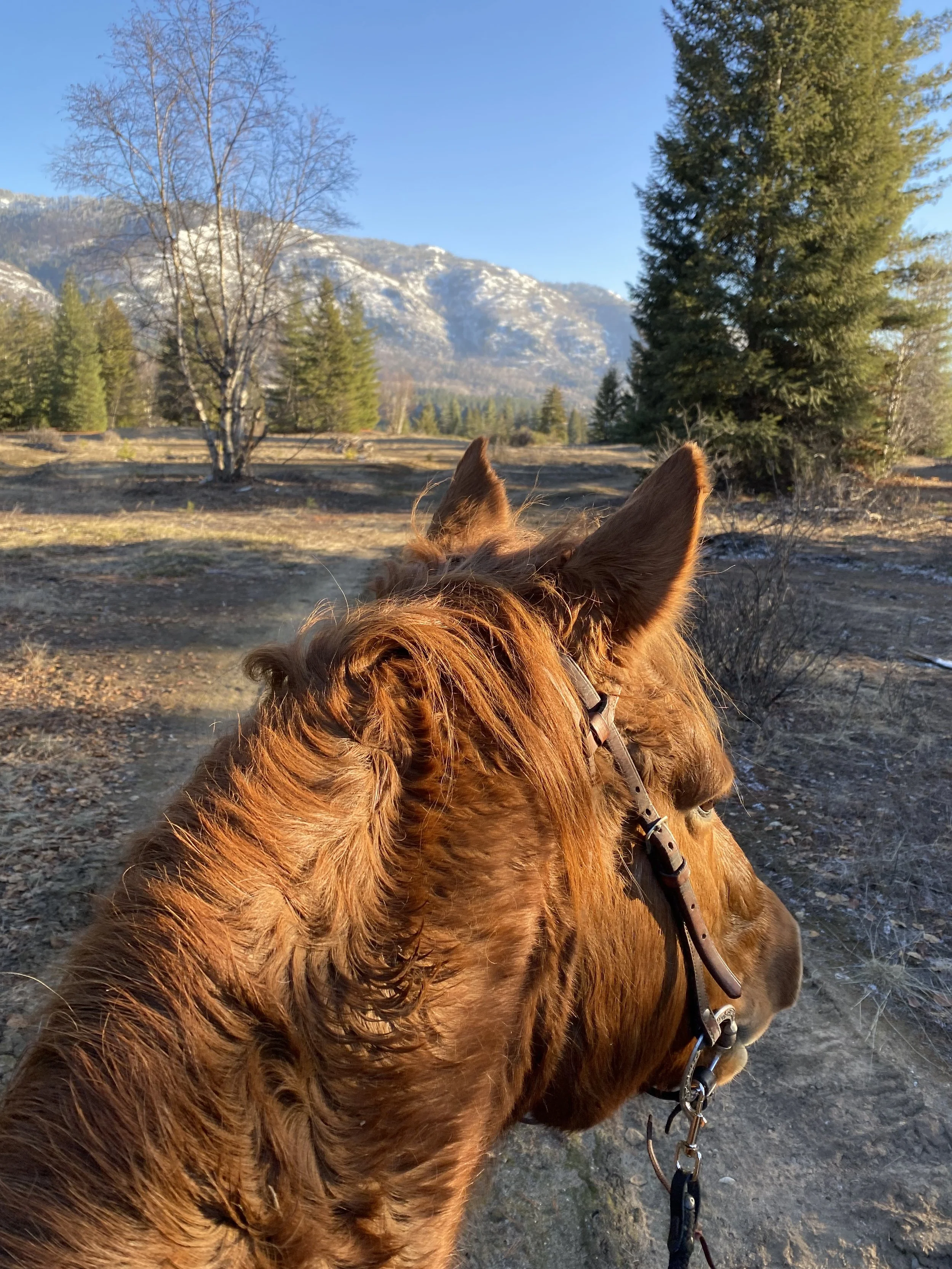What’s in My Horses’ Feed Dish? Seasonal and Tailored Nutrition
I’ve shared bits and pieces about my feed dish on Facebook and in a previous blog post, but I thought it was time for a more thorough overview. What’s in my feed dish? Well, the answer is—it’s always changing! There are several factors at play, from seasonal changes to individual horse needs, that keep things dynamic.
HERE’S THE BASE THAT MOST OF MY HORSES GET DAILY:
CoolStance
Soaked alfalfa hay cubes with warm water… added to each dish for moisture and protein
Salt
Mineral mix (currently using VitaStance at the moment)
Magnesium Oxide (based on hay analysis)
Equine Choice prebiotic+probiotic powder
I also have my hay analysis done by Nutrilytical and based on those results — I often use a custom mineral mix based on hay analysis.
In the winter, all my horses get Vitamin E and Flax oil added to their mash. Since they’re on hay (a “dead” feed source), this helps supply omega-3s and Vitamin E—nutrients that are virtually nonexistent in dried forage.
When my horses have access to fresh grass (though this is controlled, monitored, and tailored to each horse), other supplements like Equishure come into play. During those times, I cut back on the Vitamin E and Flax oil.
Mohawk’s bucket is the biggest in the photo above. He’s 29 this year and his teeth are wearing out at this stage so he’s not able to get all the nutrition he needs from hay alone. He gets 2 cups alfalfa pellets plus 4-6 cups cool stance. He also gets Turmericle for his anti-inflammatory supplement daily.
Left to right: Stiletto, Spirit, Cupid (aka Q) and Sage
INDIVIDUAL HEALTH NEEDS
The other ingredients in my feed dish depend on each horse’s specific health conditions. Here are some examples:
My other older horses—Spirit, and Stiletto—get Turmericle daily. Stiletto, my main riding horse (who’s now 17), also gets it as part of her joint and inflammation support.
Sage and Spirit get a maintenance dose of Gastrobuf since they’ve shown gut issues over the years that aren’t fully managed by Equine Choice alone.
MEET XENIA: IR CHALLENGES
My newest horse, Xenia, arrived on April 10, 2024, with known insulin resistance (IR) and having recently foundered. I do like a challenge 😅🐴 and I’ve rehabilitated many horses over the years. Xenia is also the sweetest girl and shows much promise as an EAL horse. Over the past year, I’ve adjusted her supplements depending on the season and her recovery stage.
For example, while she technically has no access to grass, she manages to find tiny bits under the fence line (horses are VERY creative!). Since this stressed, short grass is especially high in sugar, I keep her on Equishure to help manage those sugars and when the snow arrives in the fall, I take her off it.
Currently, I’m trying a new-to-me product called WIRX for horses with IR. We’re only one month into this trial (Stiletto is also getting it) —so stay tuned!
Spirit and Cushings
Two years ago, my horse Spirit was diagnosed with Cushings. His most recent bloodwork showed his ACTH levels were only slightly high. His symptoms are limited to his coat and some breathlessness on steep inclines—no pain or laminitis, thank goodness!
In addition to his regular feed, I’ve opted to include B6 as part of his care plan. Here’s a link to the product I use by Riva’s Remedy’s: HPA Balance
Despite his “Woolly Mammoth” appearance, Spirit is bright, playful, and as amazing as ever!
← Spirit is the horse who inspired my journey toward optimal equine care. Read his story here.
I use what WORKS
While I’m a HUGE proponent of Stance Equitec products, I’ve found success with other brands over the years—even if I don’t sell them. My horses’ health comes first, and I always prioritize what works best for them.
I hope this gives you some insight into what’s in my feed bucket today. Things are always evolving, but my approach remains the same: tailored care for happy, healthy horses!
Until next time,
Leah Hope
















